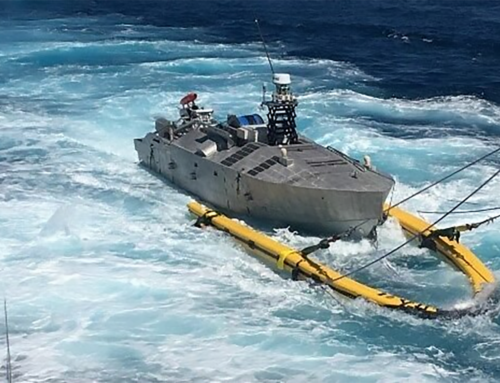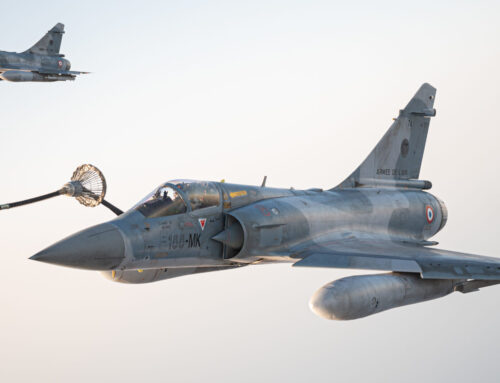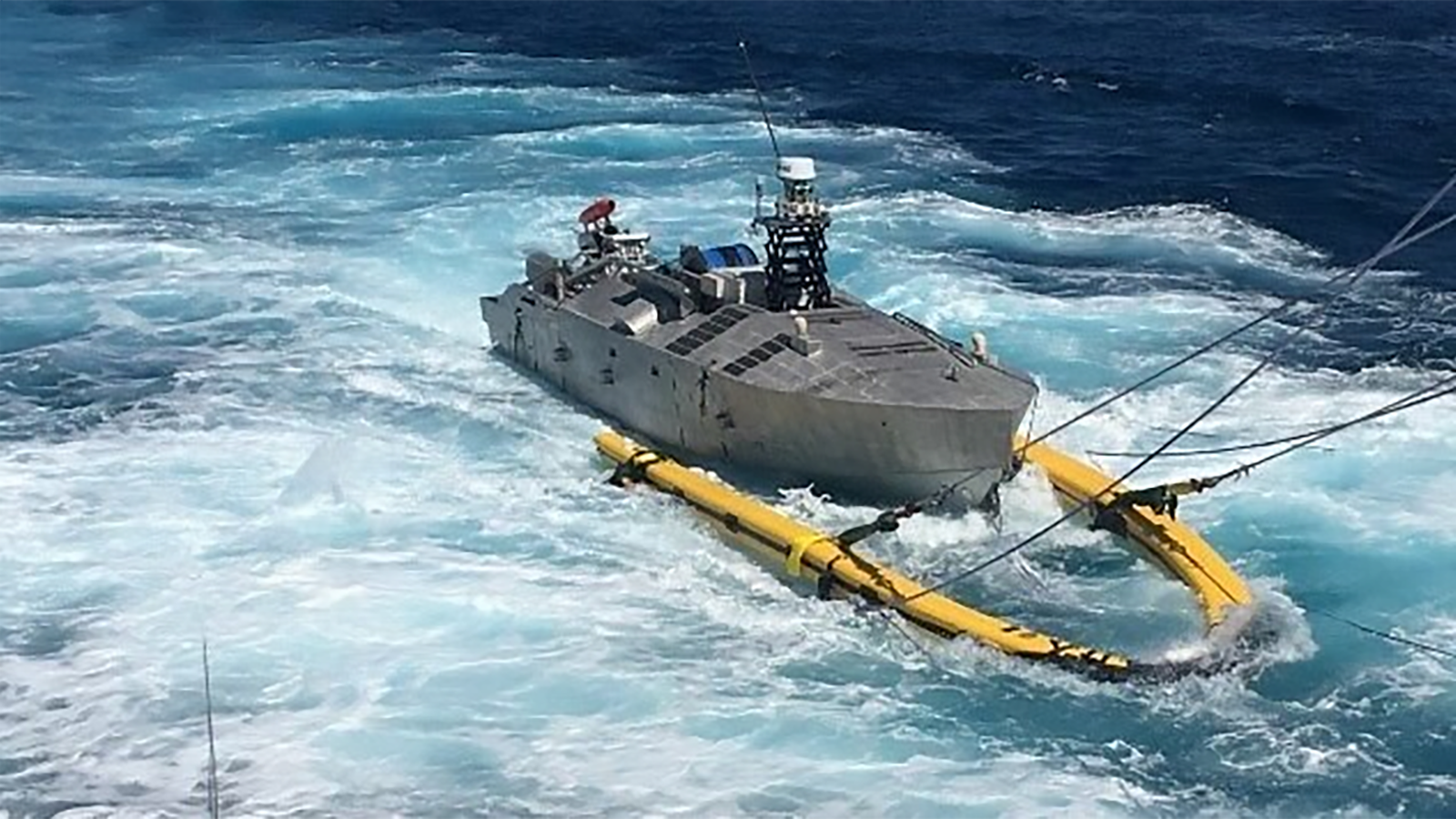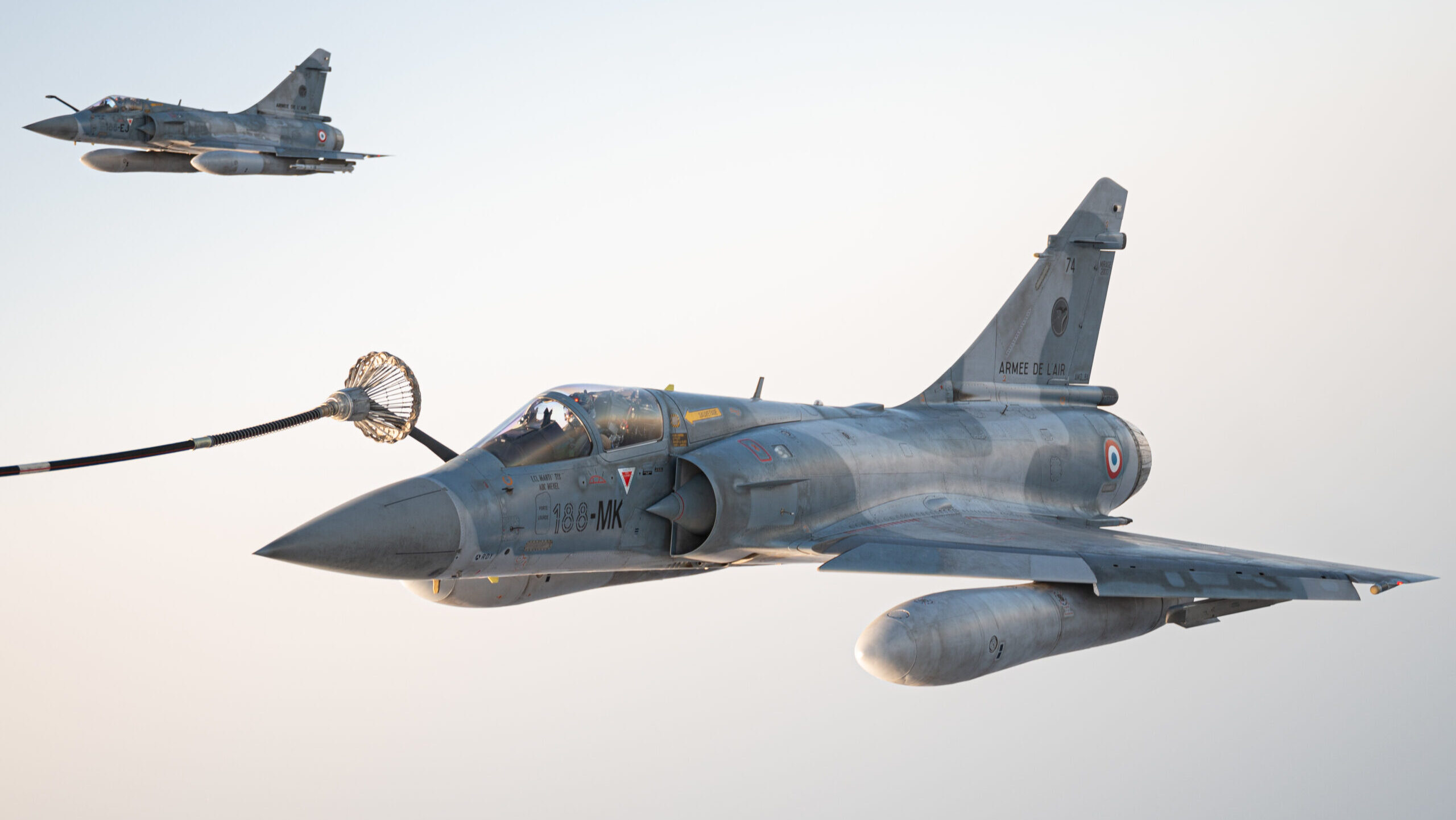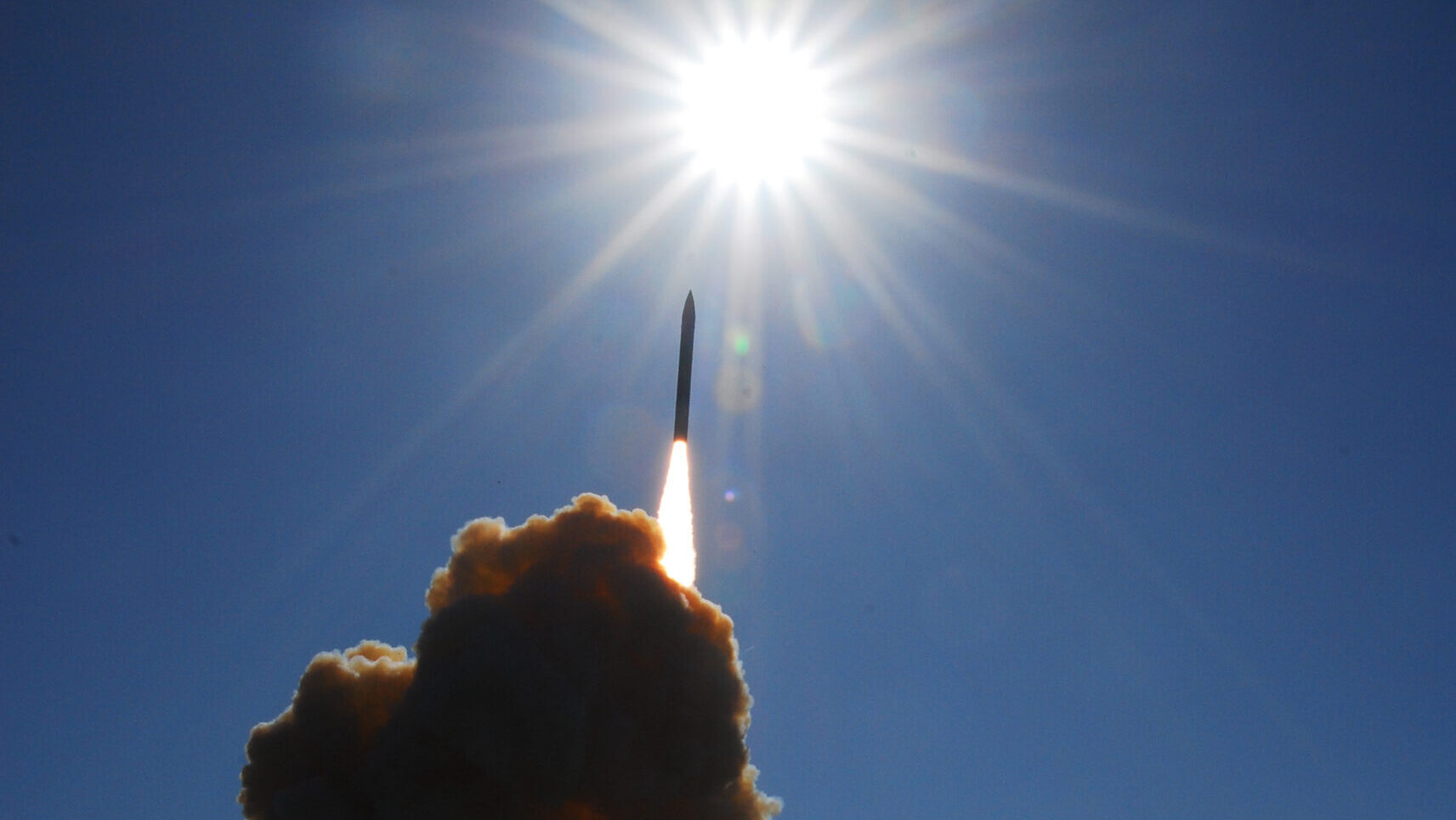
INS VIkrant with 4 MiG-29K fighters (Indian government)
CANBERRA — India’s defense budget is soaring by 9.53 percent, to a record high of 681, 210 crore ($78.8 billion) for 2025-2026, according to a new announcement from Delhi.
And though more than a quarter of that record total will be put toward new equipment, analysts say the country must do more to restructure the military’s pension-heavy spending to concentrate even further on building more and better weapons, in the face of challenges at its borders with Pakistan, China and beyond.
“With spending skewed towards pensions, the status quo must give way to a more ambitious restructuring,” says a report by Harsh Pant and Kartik Bommakanti of the Delhi-based Observer Research Foundation. They note that salaries, pensions, maintenance, repairs, and infrastructure constitute 72 percent of the total defense budget.
“The government cannot entirely overlook the need to evaluate and determine expenditure based on the military threats and capabilities of China and Pakistan, as well as their military expenditures relative to India’s,” their report says.
Similarly, Ian Hall, a professor at Griffith University in Queensland, said in an email that salaries and pensions “consume a very big slice of the budget,” noting that while the overall budget is almost 10% larger than last year’s, the budget for weapons “has only grown by a bit over 4.5%” despite inflation running at at least 5 percent in India.
Hall also said that “the overall budget remains low in terms of percentage of GDP — about 1.9%, in fact, which is unsustainably low, given the threats India faces from Pakistan and China, and indeed in the Northeast, due to spillovers from Myanmar and so on.”
According to analyst Neelanjana Banerjee, the budget breaks down like this:
India Defense Budget:
- Total: 681,210 crore (USD $78.8 billion), a 9.53% increase
- Defense pensions: 160,795 crore ($18.6 billion), a 14% increase.
- Capital expenditure: 180,000 crore ($20.8 billion), a 5% increase
- Revenue expenditure: INR 311,732 crore ($36 billion), a 10% increase.
Key Weapons Spending:
- Aircraft & aircraft engines: 48,614 crore rupees ($5.6 billion)
- Other Equipment: 63,099 crore rupees ($7.3 billion)
- Navy: 24,391 crore rupees ($2.8 billion)
The “big strategic questions,” Hall said, are “does India have what it needs to hold its own on the Line of Actual Control with China and can it sustain the deployments it has had to make since 2020, and what contribution can India make in maritime security in the Indian Ocean and perhaps beyond?”
That’s a reference to the conflict that broke out along India’s border with China in 2020, where it suffered 20 dead in the Galwan Valley. The eerie combat was fought at high altitude by slow moving soldiers wielding sticks and clubs. At least four Chinese soldiers died.
Hall says India can “probably, but only just” control the line. “India desperately needs drones, air defense systems, better tanks and fighting vehicles, fighter aircraft, and especially helicopters,” Hall said.
Pant and Hall agreed that India’s sluggish procurement system has not been good at delivering on major systems.
“We’re still waiting for systems to be selected and contracts to be signed in a range of really important areas – especially a new batch of conventional submarines, but also fighter aircraft,” Hall said.
That may have to change under US President Donald Trump, who has threatened India with tariffs while also urging the Indo-Pacific power to boost “its procurement of American-made security equipment and moving toward a fair bilateral trading relationship.” (Politico reported today that Indian leader Narendra Modi will be visiting Washington on Feb. 13.)
Many of the advanced systems that India needs will continue to come from foreign countries, Pant told Breaking Defense today in a phone interview. And Trump’s pressure is likely to result in “a lot of these sort of big, big ticket buy ins happening over the next few years, trying to satisfy Mr. Trump that India is engaged with the US on defense,” he said.
But most of the weapons budget, known as the capital acquisitions budget has been allocated to locally-built systems. That program — the Atmanirbhar Bharat — has successfully boosted the amount of weapons and parts produced by Indian companies.
“India’s defense sector has undergone a remarkable transformation since 2014, evolving from a largely import-dependent military force to one increasingly focused on self-reliance and indigenous production,” a government statement released on Feb. 1 said.
But India sees the Indian Ocean as a critical waterway in need of regular patrols to help monitor and counter Chinese submarines and surface ships. But the slow pace of defense procurement has not helped much. “On a strategic basis, India does have 65-odd ships on order, but it needs more, faster, and it needs better and longer-range submarines, plus aircraft,” Hall said.



